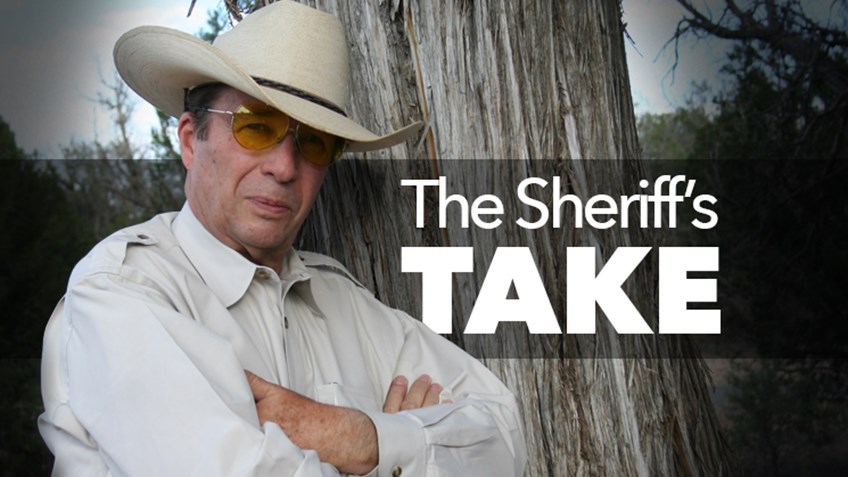
Pistol-caliber carbines are popular now, once more illustrating that what's old is new again. I have always had an affinity for pistol-caliber carbines, specifically the lever actions. Back in the 1970s, I bought a Marlin Model 1894 in .44 Mag. and set out to do some mild customizing work to meet my needs. I had a gunsmith cut the barrel and magazine tube to 16 inches and re-crown the muzzle. A ramp front sight was installed with a brass bead. Then he removed the rear sight and instead mounted a Williams Foolproof peep sight on the receiver.
About 15 years later, I got my hands on a new Browning Model 92 carbine, also in .44 Mag. I quickly sold the Marlin to my district judge and had our local gunsmith do the same custom work on the Browning. I carried that gun all the time that I was chief deputy and later sheriff down in southwest Texas.
Cut down, these .44-caliber carbines held nine rounds of ammunition and I favored the 240-grain JHP load from any of the top American ammo makers. I found that screwing the eye piece out of the Williams sight created a ghost-ring rear sight that made for some pretty fast shooting, should that be required. In addition, the short, thin carbines were very easy to handle and easy to get in and out of a squad car with. What else would you expect a Texas sheriff to be packing?
The old timers liked the idea of pistol-caliber carbines because it meant that they only had to carry one type of ammunition for use in rifle and pistol alike. That still holds true today. Regardless of whether people carry a revolver or a semi-auto, they can generally find a compatible carbine in the same caliber. And, in the middle of a scrap, ammo from one can be used to reload the other.
In addition, there are those who live in areas where the popular AR carbines are frowned upon, if not outright outlawed. The pistol-caliber carbine may be just the ticket. Besides, how can you get too excited about a gun that looks like the one that John Wayne used in all those good westerns?



































